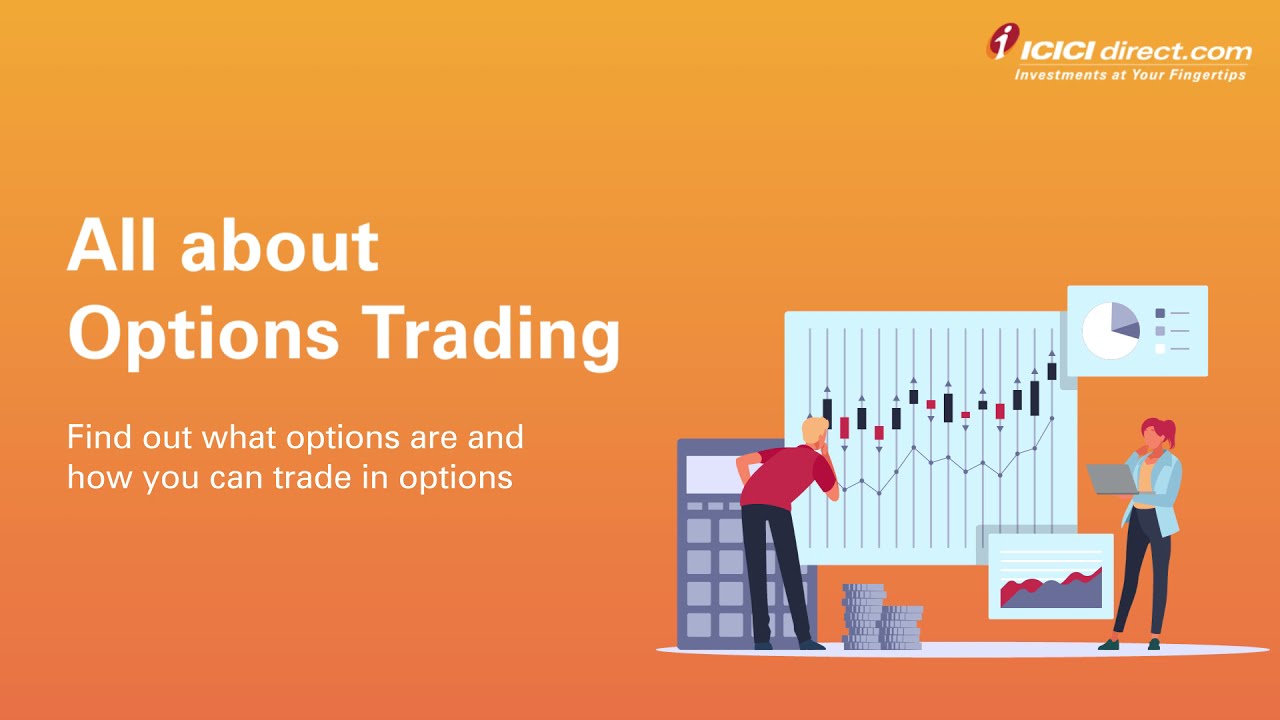Options Trading at ICICIdirect
options trading, how to do option trading in ICICIdirect, options trading strategies, option, icici direct
Please Enter Email
Thank you.
Related content
Videos - About ICICIdirect
A Zero Brokerage Plan – ICICIdirect NEO Plan
Videos - About ICICIdirect
Expert Speak on Brokerage Plans on ICICIdirect with Saurav Sultania - ICICI Direct
Videos - About ICICIdirect
Expert Speak on One Click Equity in ICICIdirect’s Mobile App with Sanchita Bohra ICICI Direct
Videos - About ICICIdirect
Get the Best-in-class Investment & Trading Experience with Innovative New Tools at ICICI Direct
Videos - About ICICIdirect
Exclusive Conversation on Margin Trade Funding with Saurav Sultania - ICICI Direct
Videos - About ICICIdirect
Buy Stocks on The Go and Pay Later with 1 Year: Margin Trading (MTF) – ICICI Direct
Videos - About ICICIdirect
Demystifying One Click Equity with Mr. Saurav Sultania, VP, ICICIdirect
Videos - About ICICIdirect
Decoding Newly Released Portfolios in One Click Equity – Metals & Defence
Videos - Xpert view
How to Use Readymade Option Strategies of Breeze API
Watch this video to learn how to use the readymade option strategies of Breeze API
Videos - Futures & Options
Options Terminology
To trade Options effectively, it's important to understand the key terms used in Options trading. This video helps you grasp all the relevant terminology related to Options.
Videos - Futures & Options
Introduction to Options
#optionstrading #optionstradingforbeginners #optionstradingstrategies #optionpricing
Videos - Xpert view
Options Trading Strategies ft. Abhijit Pathak
options trading, point and figure chart, how to do option trading in ICICIdirect, expert
Videos - Xpert view
How to Automate Contract Selection For Option Trading Using Breeze APIs ft. Salil Shukla, Quantitative Analyst
options trading, how to do option trading in ICICIdirect, options trading, options, api, breeze api, contract selection
Videos - Stocks
All about Options Trading
#optionstradingforbeginners #optionstradingexplained #optionstradingbasics #stockmarketbasics
 Invest
Invest









COMMENT (0)